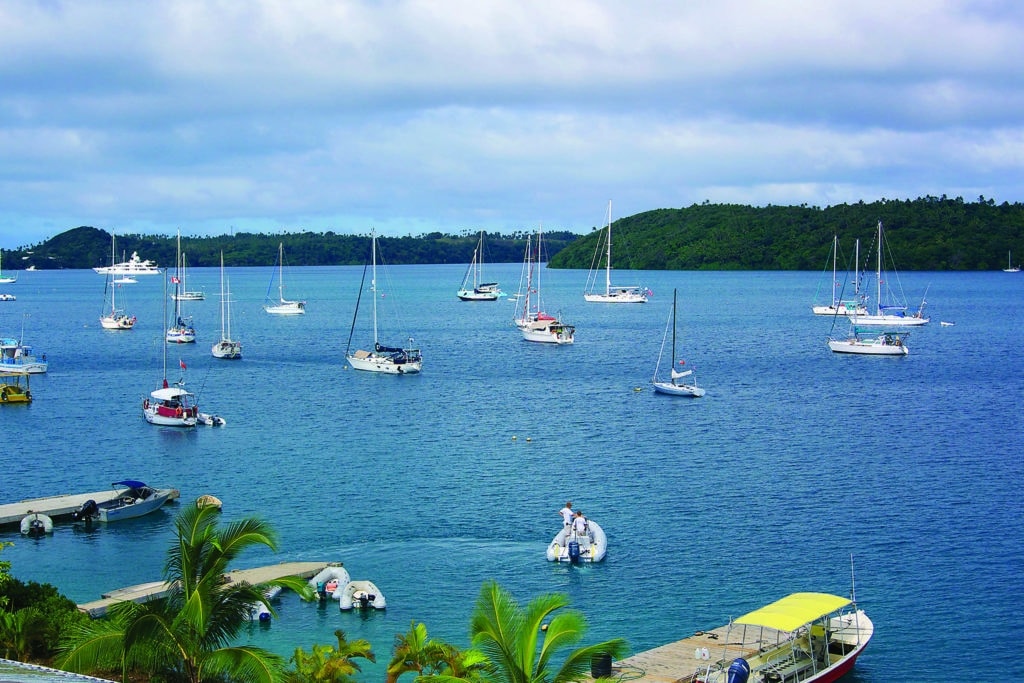
When I first sailed into Neiafu, Tonga, in 1979 in my 18-foot open boat, Chidiock Tichborne, I was right behind Eric and Susan Hiscock in their Wanderer IV. I was coming from Pago Pago and they from Bora Bora. There was an old wooden pier sticking out into the harbor, and the Hiscocks tied to the south side, where there was deep water. Chidiock Tichborne drew only 12 inches with her centerboard and rudder raised, so I rowed to the shallow north side. The Hiscocks couldn’t understand why I was clearing in from what they assumed had been a daysail.
Three Tongan officials walked out on the pier. They were big men and together displaced more than Chidiock Tichborne‘s 800 pounds. They stood looking down uncertainly at me and the little boat. Finally, one of them said, “You don’t have any … Of course you don’t.” And that was our clearance.
When I entered Neiafu on Gannet, my ultralight Moore 24, in July 2014, the old pier had been replaced by two wharfs, both beyond Gannet‘s size. I was directed to tie up alongside a fishing boat. This time there were four officials. They stood on the deck of the fishing boat, peering down uncertainly at me and little Gannet. Finally one of them said, “Let’s do this over here.”
I sailed to Neiafu twice between 1979 and 2014. Neiafu and the surrounding islands of the Vava‘u Group are among the few places that haven’t changed much during those years, and, even rarer, what changes there have been are for the better.
Neiafu Harbor is about a mile and a half long and a half-mile wide, almost landlocked and very deep. The entrance is narrow, and once inside, you seem to be on a lake.
One of the ways in which the harbor is more pleasant now than in the past is that rental moorings are available for about $8 a night. I’ve anchored here before, and at 90 feet, it’s one of the deepest places I’ve ever dropped the hook.
Life aboard a sailboat in Neiafu is also much enhanced by several cafes onshore. Chief among them is the Aquarium Cafe, which doesn’t have an aquarium, but does provide free Internet, trash disposal and drinking water for small fees, and reasonably priced food and cold libations.
I visited other cafes as well, eating tapas at the Basque Tavern, pizza at the Bella Vista and a world-class veggie burger at the Tropicana, which also did my laundry.
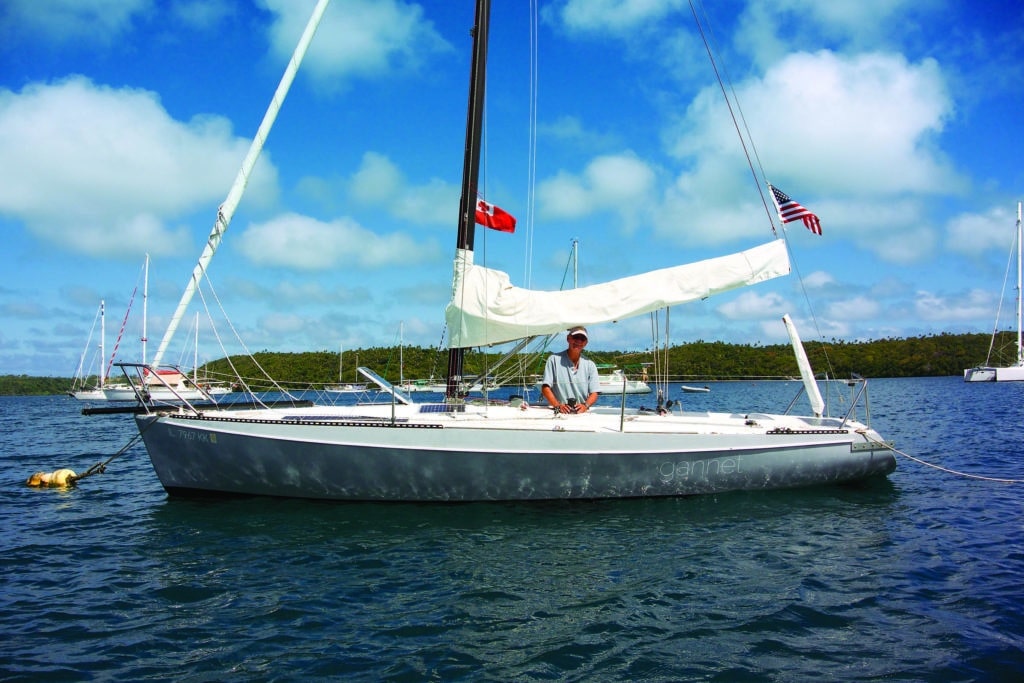
Eating ashore is desirable because Neiafu has never been a good place to provision, and still isn’t. There are perhaps a dozen one-room stores. They are dark and unlit, with two or three rows of the worst kind of canned goods and an abundance of cookies and junk food.
The only canned tuna is “tuna flakes,” which has to be the detritus left when every other part of the fish has been processed. Mackerel is the only other canned fish available. I didn’t have the nerve to buy either — nor the canned corned beef, imitation Spam or Vienna sausages.
The only nuts available are cans of peanuts roasted in China but called “Americana.” These are actually rather good.
Neiafu is the first place I ever recall where I couldn’t buy raisins — called “sultanas” in many countries, but unknown by either name in any of the shops. An obvious reason for the lack of canned fish or dried fruit is that Tongans eat fresh.
In an effort to preserve my supply of trail mix, I went to the open market and bought plantains to put on my oatmeal, along with Chinese peanuts. Quite good, but I was pleased to find at one store “cake fruit mix,” which does contain sultanas and other dried fruit. Though sugar has been added, it provided variety to my oatmeal.
Neiafu has many cringing, depressed dogs and many happy, snuffling pigs. I often saw pigs in empty lots and yards when I walked into town, usually munching on vegetation or sleeping contentedly. There were also some piglets, which were cute but elusive.
I watched one pig wait on the sidewalk when he heard the sound of an approaching vehicle around a blind curve. When the car passed, the pig looked both ways before trotting briskly across the road. How, I wondered, does a pig learn to associate the sound of a motorized vehicle with danger, without being hit?
An unexpected treat in Neiafu was daily high temperatures in the low 70s — quite a relief after experiencing 20 degrees F hotter in most of the tropics.
The Tongan people are friendly and have been known to be so for centuries, despite having killed one of Captain Bligh’s men after the Bounty mutiny. They are religious too: Neiafu, never exactly bustling, is deserted on Sundays. The lovely sound of church choirs singing reaches out over the harbor.
Within a few hours’ sailing from Neiafu is one of the great cruising areas of the world — the Vava‘u Islands — with dozens of quiet and pristine anchorages.
If sailing in the South Pacific, take a look at Neiafu — the Good Old Days are now.
More Photos from Tonga:
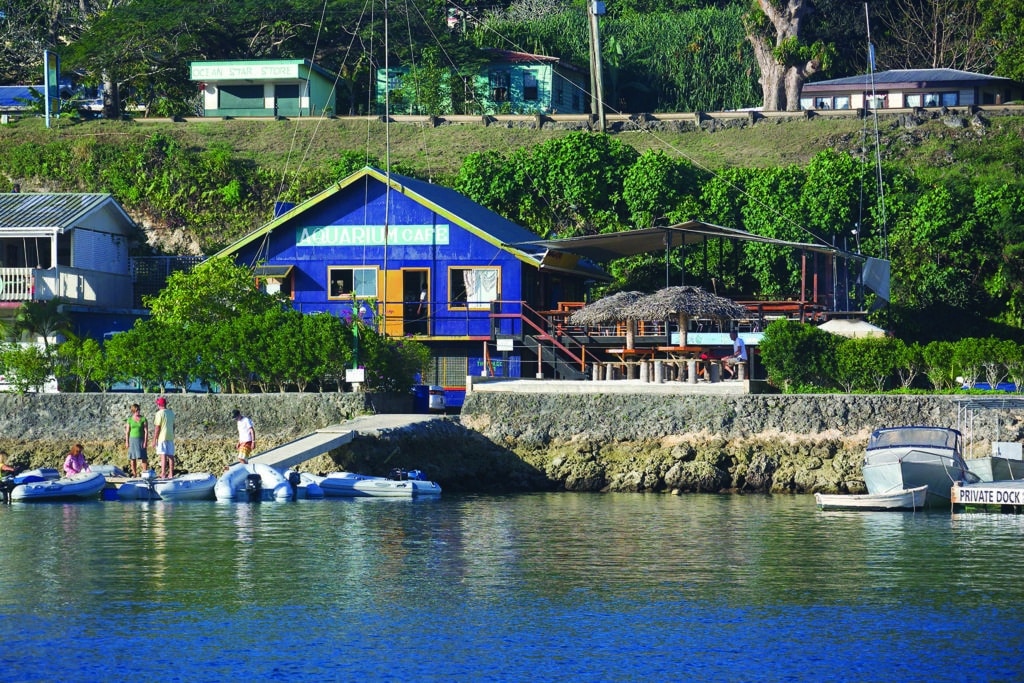
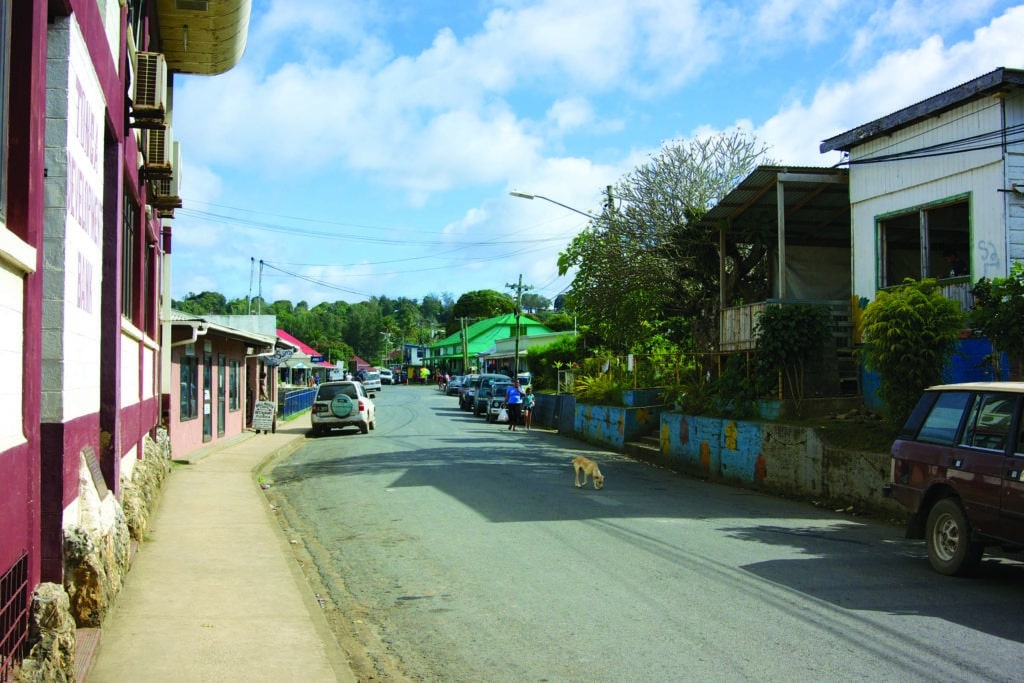
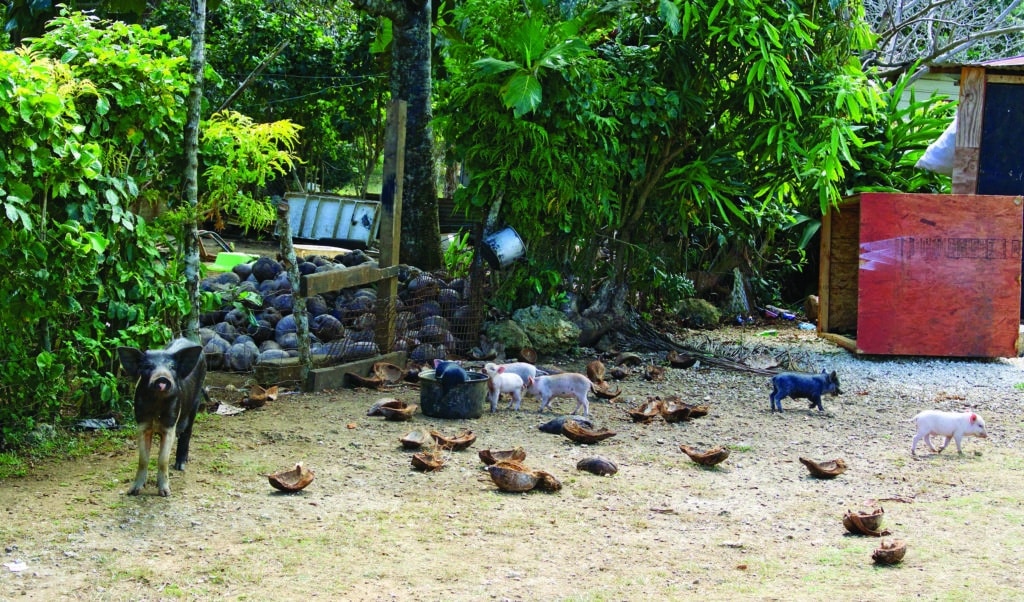
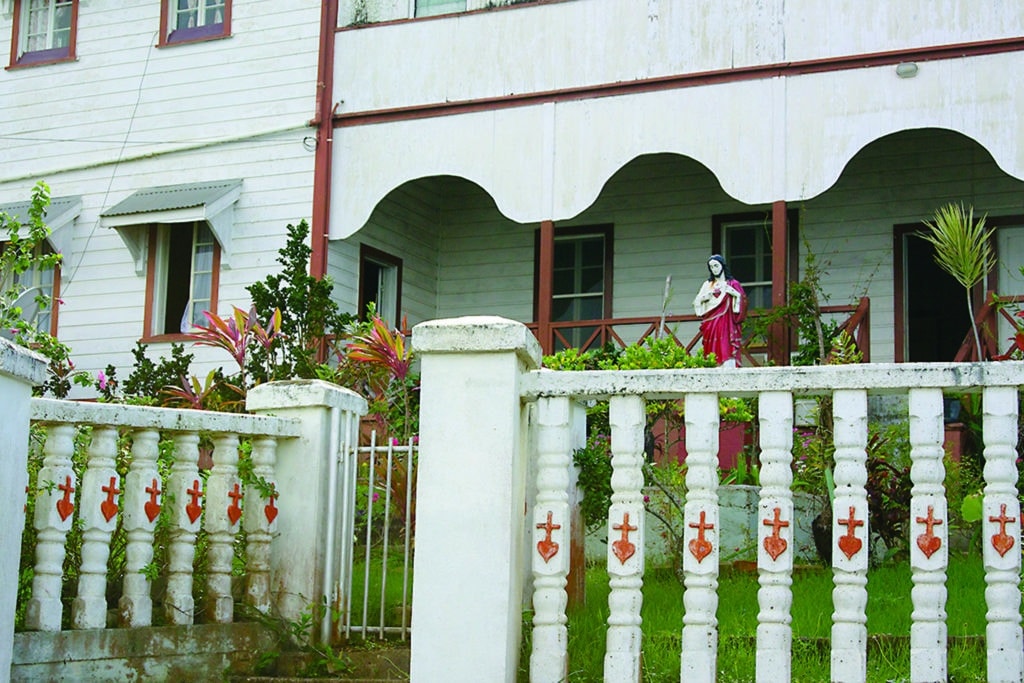
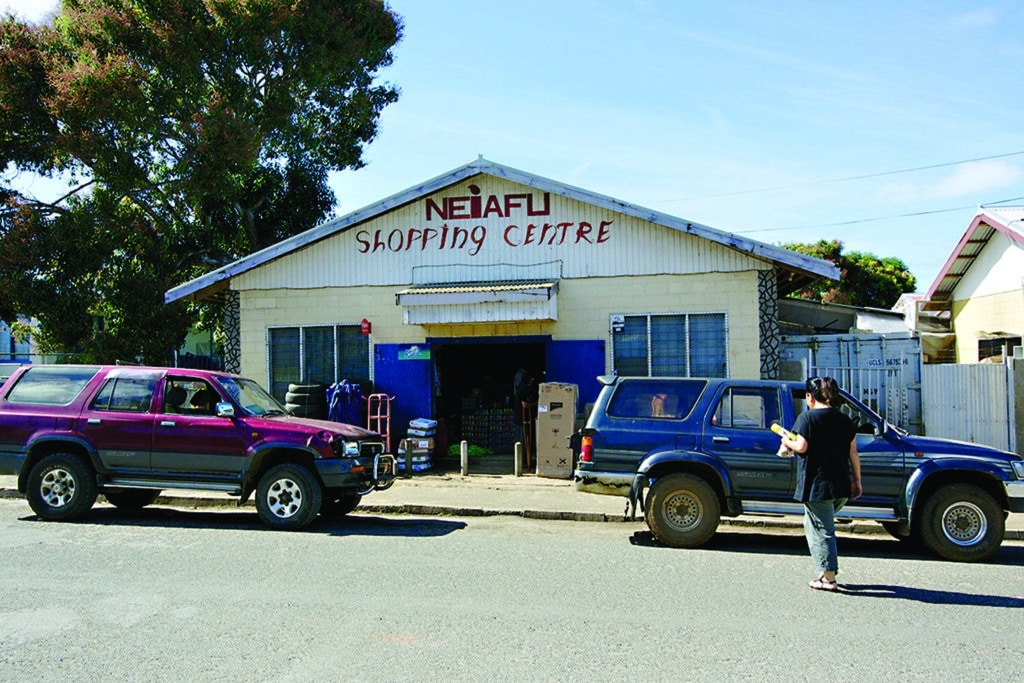
Webb Chiles is currently underway across the Atlantic bound for the Caribbean. Read more about Webb’s travels on his website www.inthepresentsea.com.








